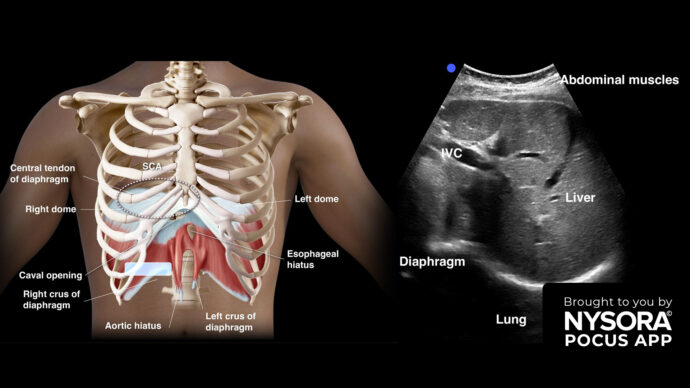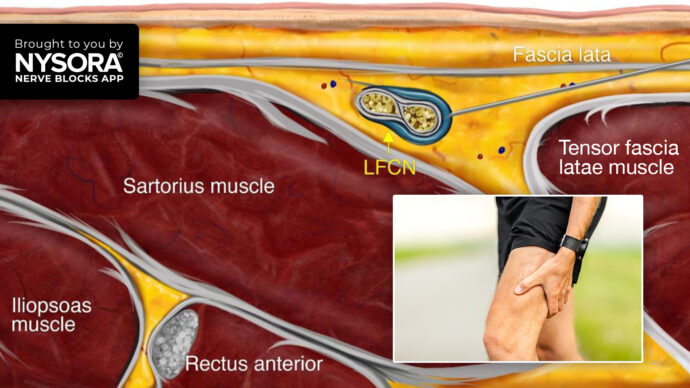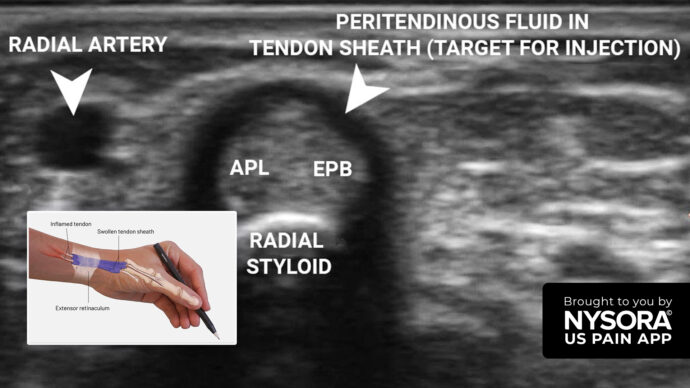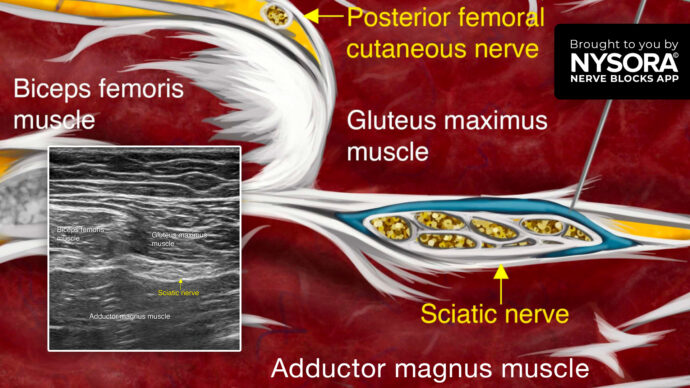
Labor Pain: What You Should Know About Epidural and Spinal Analgesia

What is an epidural?
An epidural is an anesthesia procedure that relieves pain during labor and delivery by blocking pain signals from the nerves in the lower spine to the brain. This results in substantial or complete absence of pain (analgesia) during labor and delivery in the areas of the uterus, vagina and pelvis. The anesthesia can be adjusted to provide more or less numbness so that the labor experience is tailored to the preferences of the patient. The goal of an epidural is to provide pain relief, not total numbness, so you are comfortable and can still be an active participant during your birth experience. You may feel the contractions with little or no pain, and you should be able to push when the time comes.
Types of epidural analgesia
In general, there are three types of epidurals:
Epidural catheter. Numbing medication is given through a catheter inserted into the epidural space close to the spine. Your anesthesiologist will use numbing medicine throughout the procedure to decrease or eliminate discomfort. Anesthesiologists are highly skilled in performing epidural analgesia, and significant complications are extremely uncommon.
Spinal injection. Numbing medication is given directly into the spinal fluid, so this method works much faster, but also wears off more quickly. Anesthesiologists will often combine the spinal injection with an epidural catheter so that there is an immediate onset of pain relief, and medication placed in the epidural space through the catheter can provide continuous pain relief.
Spinal and epidural anesthesia are similar and can be easily confused. Important differences include:
- A larger dose of drug is typically necessary with epidural than with spinal analgesia (pain relief).
- The onset of analgesia is slower with epidural than with spinal analgesia, which also leads to a more gradual decrease in blood pressure.
- Epidurals may be performed anywhere along the vertebral column (cervical, thoracic, lumbar, or sacral), while spinals are often performed below the second lumbar vertebral body.
- It is easier to achieve segmental analgesia or anaesthesia using the epidural route than using the spinal route.
- An indwelling catheter is more commonly placed in the setting of epidural analgesia or anaesthesia than with spinal analgesia or anaesthesia.
- While spinals are generally given as single shot injections, the medications given for epidurals can be adjusted during labor and delivery and continued post-operatively through the catheter.
Combined spinal-epidural (CSE). This combination of spinal and epidural analgesia is often referred to as a “walking epidural,” and is the most commonly used method to provide labor analgesia. Pain relief is immediate and analgesia can be prolonged as long as necessary. Patients have a bit more feeling in the lower half of the body so there is more freedom to move around and change positions.
Does an epidural hurt?
Some women report discomfort when getting an epidural, while others do not. Your anesthesiologist will numb the area with a local anesthetic so most women report feeling a pinch or a sting for about 5-10 seconds, and then pressure—but no pain—when the epidural catheter is put in place.
How quickly does an epidural start to work and how long does it last?
An epidural usually takes about 10-15 minutes to take effect and, because the medication is administered via the catheter, it can be given as needed and last throughout labor. So even if your labor lasts a long time, you can have pain relief from an epidural. Let’s hear it for modern medicine!
Epidural pros and cons
There are pros and cons to any medical intervention, so if you are considering getting an epidural during labor, it is good to learn as much as you can to be informed and empowered about your decision.
Pros: The benefits of an epidural include:
- Pain relief. An epidural is a very good choice for safe, effective pain relief during labor.
- Being “present” for your birth. Whether you are planning on a vaginal or c-section delivery, an epidural allows you to be awake and alert.
- A much-needed break. Especially if this is your first baby, labor can last a while and leave you feeling pretty exhausted. An epidural provides a much-needed opportunity for you to rest, re-focus and restore your energy before it is time to push.
- No negative effects on the baby. Unlike some intravenous medications, such as narcotics, which can cause neonatal respiratory depression (respiratory distress), the epidural should not affect the baby.
Cons: A few things you may want to consider when making the decision to get an epidural during labor include:
- Limited movement. Although “walking” epidurals allow for more movement and more sensation during labor, “walking” is limited. Most women are not able to walk around after receiving an epidural. You will have an IV and a fetal monitor once you receive an epidural, further limiting your mobility.
- A (slightly) longer labor. According to a recent study, there is about a two-hour difference in the length of the second stage of labor (the pushing part) between women who received an epidural compared to those who did not. There is no correlation between getting an epidural and an increased rate of c-sections.
- Post-birth numbness. An epidural can take a few hours to fully wear off, so if you are looking to get up and walk immediately after giving birth, an epidural may not be the right decision for you.
- Urinary catheter. Since the medication used in an epidural will numb the lower part of your body, you may need to have a urinary catheter put into place if your labor lasts more than a few hours. The catheter will be removed once the epidural wears off, but some women still report a bit of stinging and discomfort a few hours after the catheter comes out.
Epidural risks and long-term side effects
Making any medical decision can be stressful, especially when you are pregnant. It is good to be aware of the risks and long-term side effects of getting an epidural—but the good news is that the overall risk is extremely low. As long as the standard of care practice is followed, it is very unlikely to have any long-term side effects from an epidural
Risks and side effects can include maternal hypotension (a sudden drop in blood pressure), shivering, nausea, soreness or bruising around the injection site, and, very rarely, permanent nerve damage in the area where the catheter was inserted. There is a very small risk—about 1 in 200—of developing a severe headache called a post-dural puncture headache which can be treated.

Labor Pain: What You Should Know About Epidural and Spinal Analgesia

What is an Epidural?
An epidural is an anesthesia procedure that relieves pain during labor and delivery by blocking pain signals from the nerves in the lower spine to the brain. This results in substantial or complete absence of pain (analgesia) during labor and delivery in the areas of the uterus, vagina and pelvis. The anesthesia can be adjusted to provide more or less numbness so that the labor experience is tailored to the preferences of the patient. The goal of an epidural is to provide pain relief, not total numbness, so you are comfortable and can still be an active participant during your birth experience. You may feel the contractions with little or no pain, and you should be able to push when the time comes.
Types of Epidural Analgesia
In general, there are three types of epidurals:
Epidural catheter. Numbing medication is given through a catheter inserted into the epidural space close to the spine. Your anesthesiologist will use numbing medicine throughout the procedure to decrease or eliminate discomfort. Anesthesiologists are highly skilled in performing epidural analgesia, and significant complications are extremely uncommon.
Spinal injection. Numbing medication is given directly into the spinal fluid, so this method works much faster, but also wears off more quickly. Anesthesiologists will often combine the spinal injection with an epidural catheter so that there is an immediate onset of pain relief, and medication placed in the epidural space through the catheter can provide continuous pain relief.
Spinal and epidural anesthesia are similar and can be easily confused. Important differences include:
- A larger dose of drug is typically necessary with epidural than with spinal analgesia (pain relief).
- The onset of analgesia is slower with epidural than with spinal analgesia, which also leads to a more gradual decrease in blood pressure.
- Epidurals may be performed anywhere along the vertebral column (cervical, thoracic, lumbar, or sacral), while spinals are often performed below the second lumbar vertebral body.
- It is easier to achieve segmental analgesia or anaesthesia using the epidural route than using the spinal route.
- An indwelling catheter is more commonly placed in the setting of epidural analgesia or anaesthesia than with spinal analgesia or anaesthesia.
- While spinals are generally given as single shot injections, the medications given for epidurals can be adjusted during labor and delivery and continued post-operatively through the catheter.
Combined spinal-epidural (CSE). This combination of spinal and epidural analgesia is often referred to as a “walking epidural,” and is the most commonly used method to provide labor analgesia. Pain relief is immediate and analgesia can be prolonged as long as necessary. Patients have a bit more feeling in the lower half of the body so there is more freedom to move around and change positions.
Does an Epidural Hurt?
Some women report discomfort when getting an epidural, while others do not. Your anesthesiologist will numb the area with a local anesthetic so most women report feeling a pinch or a sting for about 5-10 seconds, and then pressure—but no pain—when the epidural catheter is put in place.
How Quickly does an Epidural Start to work and How long does it Last?
An epidural usually takes about 10-15 minutes to take effect and, because the medication is administered via the catheter, it can be given as needed and last throughout labor. So even if your labor lasts a long time, you can have pain relief from an epidural. Let’s hear it for modern medicine!
Epidural Pros and Cons
There are pros and cons to any medical intervention, so if you are considering getting an epidural during labor, it is good to learn as much as you can to be informed and empowered about your decision.
Pros: The benefits of an epidural include:
- Pain relief. An epidural is a very good choice for safe, effective pain relief during labor.
- Being “present” for your birth. Whether you are planning on a vaginal or c-section delivery, an epidural allows you to be awake and alert.
- A much-needed break. Especially if this is your first baby, labor can last a while and leave you feeling pretty exhausted. An epidural provides a much-needed opportunity for you to rest, re-focus and restore your energy before it is time to push.
- No negative effects on the baby. Unlike some intravenous medications, such as narcotics, which can cause neonatal respiratory depression (respiratory distress), the epidural should not affect the baby.
Cons: A few things you may want to consider when making the decision to get an epidural during labor include:
- Limited movement. Although “walking” epidurals allow for more movement and more sensation during labor, “walking” is limited. Most women are not able to walk around after receiving an epidural. You will have an IV and a fetal monitor once you receive an epidural, further limiting your mobility.
- A (slightly) longer labor. According to a recent study, there is about a two-hour difference in the length of the second stage of labor (the pushing part) between women who received an epidural compared to those who did not. There is no correlation between getting an epidural and an increased rate of c-sections.
- Post-birth numbness. An epidural can take a few hours to fully wear off, so if you are looking to get up and walk immediately after giving birth, an epidural may not be the right decision for you.
- Urinary catheter. Since the medication used in an epidural will numb the lower part of your body, you may need to have a urinary catheter put into place if your labor lasts more than a few hours. The catheter will be removed once the epidural wears off, but some women still report a bit of stinging and discomfort a few hours after the catheter comes out.
Epidural Risks and Long-Term Side Effects
Making any medical decision can be stressful, especially when you are pregnant. It is good to be aware of the risks and long-term side effects of getting an epidural—but the good news is that the overall risk is extremely low. As long as the standard of care practice is followed, it is very unlikely to have any long-term side effects from an epidural
Risks and side effects can include maternal hypotension (a sudden drop in blood pressure), shivering, nausea, soreness or bruising around the injection site, and, very rarely, permanent nerve damage in the area where the catheter was inserted. There is a very small risk—about 1 in 200—of developing a severe headache called a post-dural puncture headache which can be treated.



